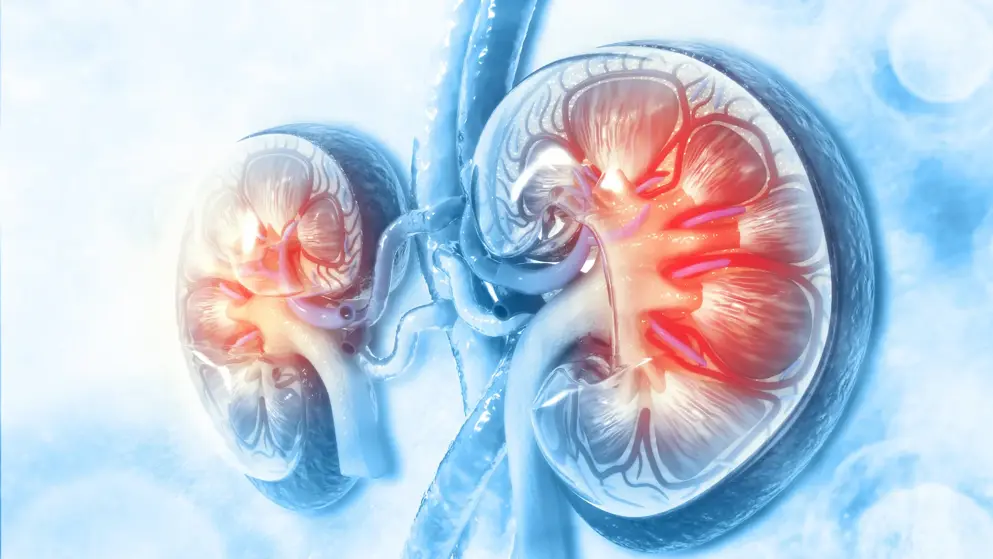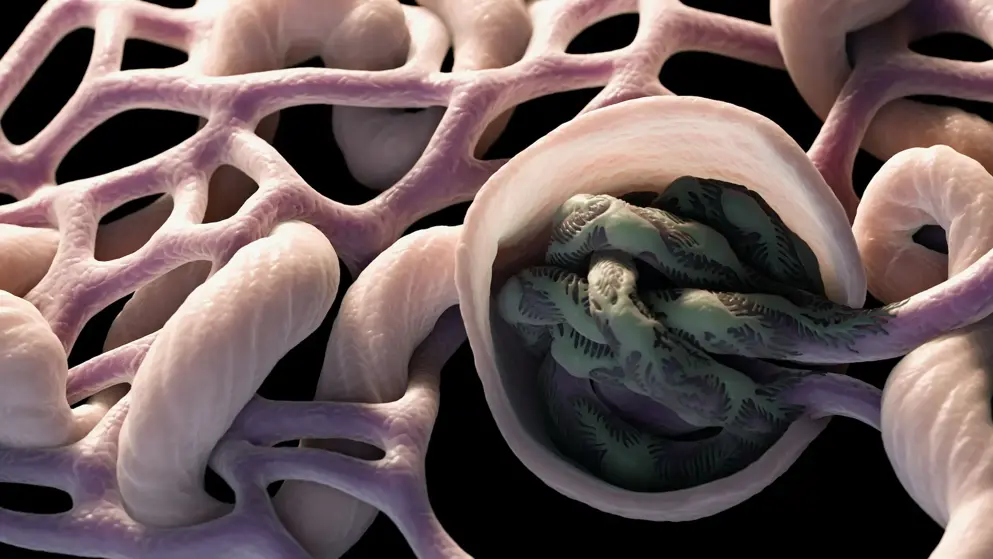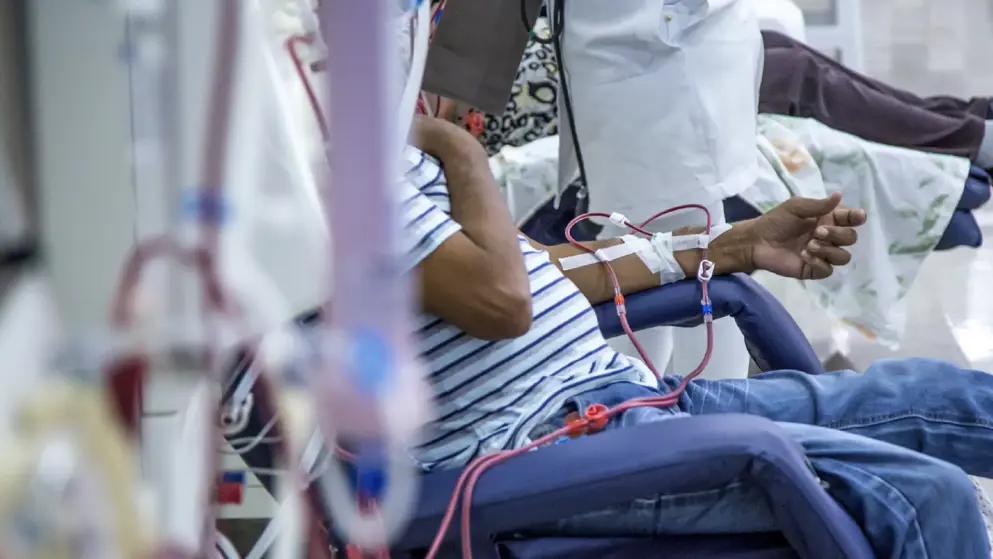The implications of focal segmental glomerulosclerosis in children with IgA nephropathy
The implications of focal segmental glomerulosclerosis in children with IgA nephropathy
Focal segmental glomerular sclerotic lesions in IgA nephropathy (IgAN), considered for years a chronic histologic feature related to proteinuria in remnant nephrons without any active role in the pathogenesis and progression of glomerular damage of IgAN, have been recently reconsidered. The Oxford classification of IgAN reported it as the "S" score and found it to be an independent risk factor for progression of IgAN. Its prognostic value was confirmed also in children. The identification of some histologic subvariants of the S lesion has produced interesting insights into different pathogenetic mechanisms of glomerular damage in IgAN. Tip lesion and podocyte hypertrophy are considered secondary to active podocytopathy and are correlated with higher levels of proteinuria and a faster decline in glomerular filtration rate. Moreover, endocapillary and mesangial hypercellularity might contribute in children with IgAN to formation and progression of S lesions. Considering the pathophysiology of these processes, children with some S features may benefit not only from nephroprotective measures but also from immunosuppression.
Read abstract on library site Access full article
Featured Learning Zones
You may be interested in...
The 2023 update of the German Society of Neurology’s guideline on Parkinson’s disease (PD) provides detailed recommendations on the use of transcranial brain parenchyma sonography (TCS) for early and differential diagnosis. This update addresses previously unspecified diagnostic criteria and investigator qualifications, offering a robust framework based on a systematic literature review.




